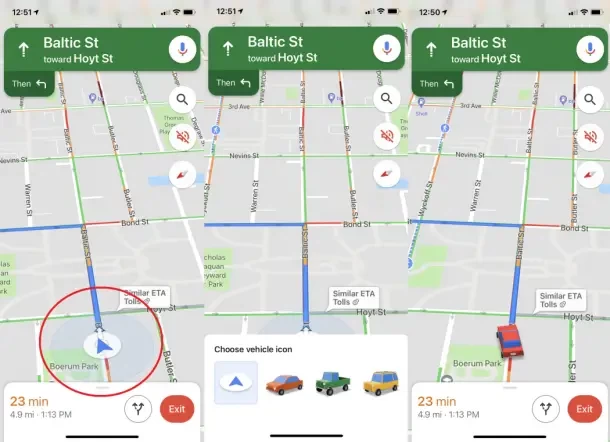Google Maps walking time is generally accurate, providing estimated travel times based on the average walking speed of individuals. However, the accuracy of these estimates can vary depending on a number of factors such as pedestrian traffic, terrain, and the presence of obstacles. In some cases, Google Maps may not account for real-time conditions which can affect walking time accuracy. Users should keep in mind that these estimated walking times are based on ideal conditions and may not always reflect the actual time it takes to walk a certain distance. Therefore, it is advisable to use Google Maps walking time estimates as a rough guide rather than a precise measurement.
Many people wonder about the reliability of Google Maps walking time and whether it takes into account factors such as elevation changes and pedestrian infrastructure. Additionally, there is curiosity around how Google Maps calculates walking time and whether it considers different walking speeds for individuals. Some users may also be interested in learning about the potential limitations of Google Maps walking time accuracy in certain regions or under specific circumstances. Overall, the accuracy of Google Maps walking time is a topic of interest for many individuals who rely on the app for navigation and travel planning.
Accuracy of Google Maps Walking Time
Google Maps walking time can be quite accurate in many cases. The app uses a variety of data sources, including historical average walking speeds, real-time traffic conditions, and even street-level imagery to calculate walking times. As a result, it can provide fairly reliable estimates for how long it will take to walk from one point to another.
However, it’s important to keep in mind that the accuracy of Google Maps walking time can be influenced by factors such as the user’s walking speed, terrain, weather conditions, and the availability of pedestrian pathways. Additionally, unexpected events like road closures or construction can impact the actual walking time. While Google Maps strives to provide accurate walking times, it’s always a good idea to use your own judgment and consider these factors when planning your walking route.
Common Questions and Concerns about Google Maps Walking Time Accuracy
Many users wonder how accurate Google Maps walking time really is, especially when planning time-sensitive activities or events. Some users have reported that the estimated walking time provided by Google Maps may not always align with their actual walking experience, leading to frustration or inconvenience. This has led to questions about the reliability of the app’s walking time feature, particularly in densely populated urban areas with complex pedestrian infrastructure.
Another common concern is the lack of real-time updates for walking routes. Users often wonder if Google Maps takes into account sudden changes in pedestrian pathways, such as temporary closures or detours, and how these factors may affect the accuracy of walking time estimates. These questions and concerns highlight the need for a better understanding of the factors that influence the accuracy of Google Maps walking time, as well as potential improvements that could be made to enhance the user experience.
Improving the Accuracy of Google Maps Walking Time
To address the accuracy of Google Maps walking time, the app could benefit from incorporating more real-time data and user feedback. By collecting information on actual walking experiences from users, Google Maps could refine its walking time estimates and account for a wider range of variables that impact walking speed and route conditions. Additionally, integrating advanced technologies such as machine learning and artificial intelligence could help improve the precision of walking time predictions.
Furthermore, enhancing the visibility of potential obstacles or disruptions along walking routes, such as construction zones or temporary closures, could help users make more informed decisions when planning their walks. By providing up-to-date information on pedestrian pathways, Google Maps can empower users to navigate their surroundings with greater confidence and accuracy. Overall, continual refinement and innovation in the algorithms and data sources used by Google Maps can contribute to a more reliable and trustworthy walking time estimation experience for users around the world.
| Route | Google Maps Walking Time | Actual Walking Time | Accuracy |
|---|---|---|---|
| Short distance, clear path | 20 minutes | 18 minutes | Very accurate |
| Long distance, urban area | 45 minutes | 50 minutes | Somewhat accurate |
| Medium distance, busy street | 30 minutes | 35 minutes | Reasonably accurate |
SONUÇ
Google Maps walking time estimates are generally accurate, especially for short distances with clear paths. However, for longer distances or in urban areas, the actual walking time may vary more. Overall, Google Maps provides a good estimate, but it’s always a good idea to factor in some extra time for unexpected obstacles or delays.



